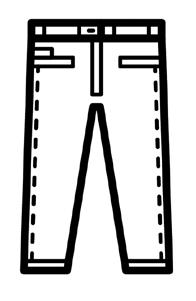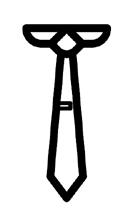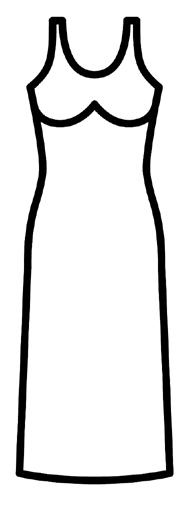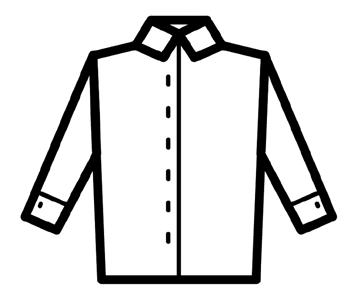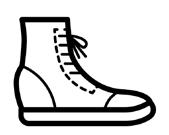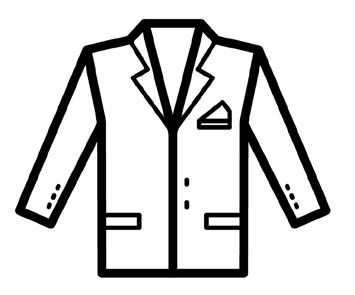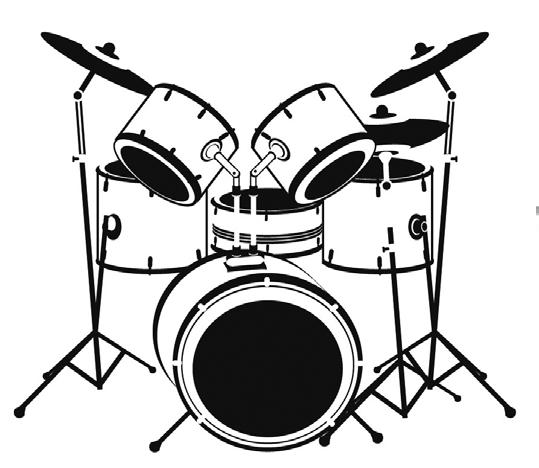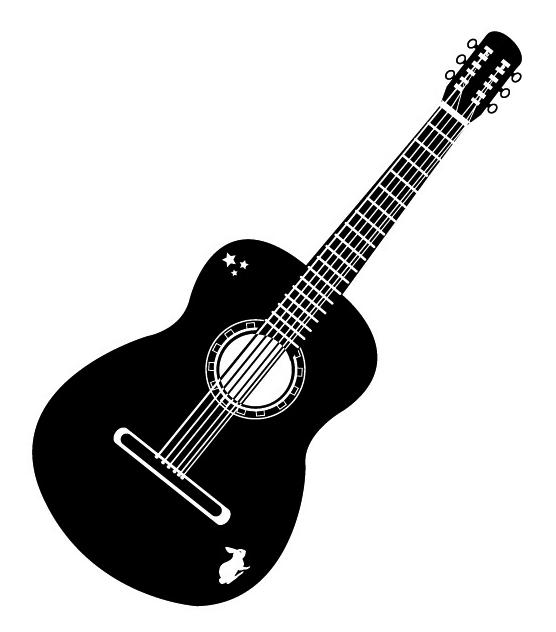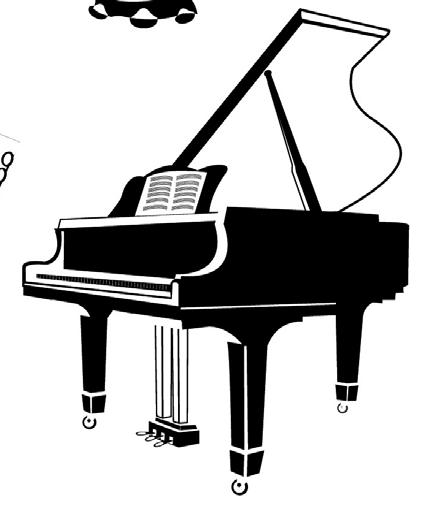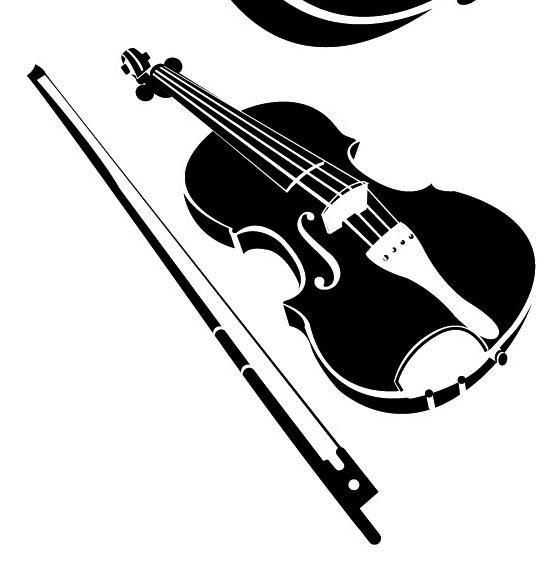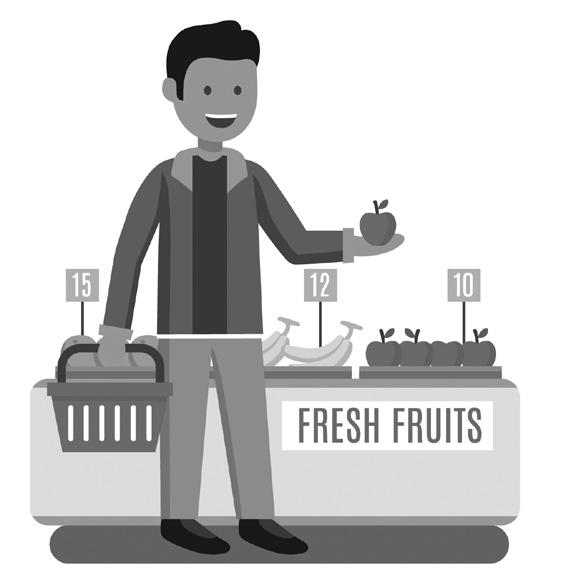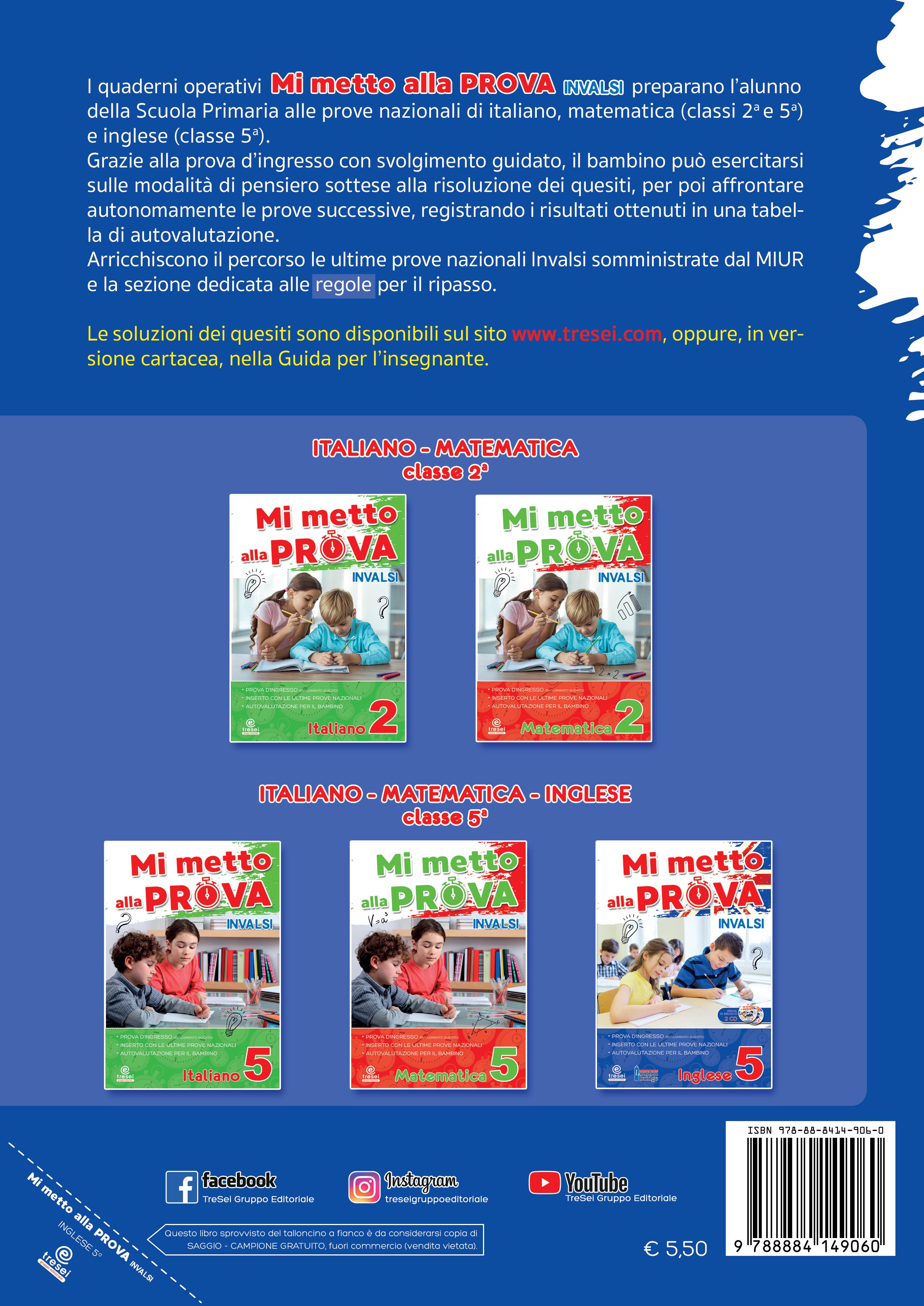
Gli eserciziari rappresentano un valido supporto per prepararsi gradualmente, durante l’anno scolastico, alle prove nazionali di italiano , matematica (classi seconda e quinta della Scuola Primaria) e inglese (classe quinta).

Ogni volume è composto da tre sezioni:
- la prima contiene una prova d’ingresso con svolgimento guidato , che aiuta l’alunno ad acquisire un metodo di lavoro efficace, e altre prove che, con difficoltà sempre maggiore , permettono di esercitarsi sulle modalità di pensiero sottese alla risoluzione dei quesiti e di “familiarizzare” con i test Invalsi. Al termine di ogni prova, una tabella di autovalutazione è utile per registrare e monitorare i risultati ottenuti;

- la seconda sezione raccoglie alcune prove ufficiali I nvalsi (dalla più recente) somministrate dal MIUR , con le quali potersi mettere alla prova in vere e proprie simulazioni, da svolgere secondo i tempi previsti;
- nell’ultima sezione, infine, sono presenti alcune regole di inglese e un mini glossario , che possono essere consultati dall’alunno per un rapido ripasso.



Le soluzioni dei quesiti sono riportate nella Guida e sul sito www.tresei.com .
LA PROVA INVALSI DI INGLESE - Classe quinta
Le esercitazioni si basano sul programma di lingua inglese previsto dal Ministero per la Scuola Primaria.
Le prove verificano la capacità di comprensione testuale, la conoscenza del vocabolario e delle strutture linguistiche di base.
Sul modello della Prova Invalsi di inglese per la Scuola Primaria , esse prevedono una parte scritta e dei test di ascolto, formulati sulla base delle conoscenze gradualmente acquisite dagli alunni nel corso dell’anno scolastico.
Le esercitazioni sono concepite per aiutare l’alunno a mettere a fuoco eventuali difficoltà, in modo che egli possa autonomamente rivedere e approfondire le principali forme linguistiche affrontate.
Istruzioni per la prova di inglese
Prova 1 - svolgimento guidato
Prova 1 - autovalutazione
Prova 2
Prova 2 - autovalutazione
Prova 3
Prova 3 - autovalutazione
Prova 4
Prova 4 - autovalutazione
P ROVE UFFICIALI INVALSI
Prova ufficiale n. 1
Prova ufficiale n. 1 - autovalutazione
Prova ufficiale n. 2
Prova ufficiale n. 2 - autovalutazione
– PROVA DI INGLESE
La prova si compone di due parti. La prima parte è formata da quattro testi che dovrai leg gere per poi rispondere alle domande che li seguono. Nella seconda parte dovrai ascoltare quattro brani in inglese e rispondere alle domande che troverai nel fascicolo. Le istruzioni prima di ogni domanda ti diranno come rispondere. Leggile dunque con molta attenzione.
La prima domanda è sempre un esempio.
Se ti accorgi di aver sbagliato, puoi correggere: in alcuni casi puoi barrare con una linea la risposta sbagliata e riscrivere quella che ritieni corretta, come negli esempi seguenti:
In caso di scelta tra quattro possibili risposte puoi scrivere NO accanto alla risposta che ritieni sbagliata e mettere una crocetta su quella corretta, come nell’esempio seguente:
Q1. Frank is...
A. B. C. D.
Judith’s son. Judith’s father. Judith’s brother. Judith’s husband. NO
Per fare una prova, ora rispondi a questa domanda.
Q1. How many months are there in a year?
A. B. C. D.

4 10 12 14
Per svolgere la prima parte della prova ufficiale avrai 30 minuti. Al termine della prima parte potrai riposarti e riprendere quando ti sarà detto di farlo. La seconda parte della prova du rerà circa 30 minuti
4 *Adatt. dalle istruzioni della prova nazionale di inglese, classe quinta
Task 1
Me and Africa
Read the text about a girl and her best friend. Choose the correct answer (A, B, C or D) for questions 1-4. Put a cross (X) in the correct box. Only one answer is correct. The first one (0) is an example.
My name is Flora and I’m eleven years old. I go to primary school in Glasgow. I have a twin called Tina. We are similar, but not so much.
Our dog is called Africa. She comes from Cape Town, the city where my aunt lives. Africa’s four years old. She’s very intelligent, sensitive and funny. She loves all my family, but I have a special place in her heart. When I go out with my friends, she’s so sad!

She’s happy when I take her to Victoria Park, during the weekend.
Africa is sweet and protective. I love her! She’s my best friend!
0.
The person who is writing is...
A. B. C. D.
11 years old. 10 years old. we don’t know. a boy.
1.
Tina is...
A. B. C. D.
Flora’s best friend. Flora’s twin sister. Flora’s dog. an aunt from Africa.
COME SI SVOLGE?
• Per rispondere al quesito 1, leggi nel testo: I have a twin called Tina. We are similar, but not so much.
• Il pronome “I” si riferisce a:
• Il significato di “twin” è:
Flora. Africa. an aunt. a friend.
• Ora rispondi al quesito 1. gemello fratello sorella
How old is Tina? 2.
A. B. C. D.
She’s 4 years old. She’s 10. She’s 11, because she’s Flora’s twin. She’s very old.
COME SI SVOLGE?
• Per rispondere al quesito 2, ragiona sul brano. Se hai risposto correttamente alla domanda precedente, ti basterà conoscere l’età di Flora: sottolineala all’inizio del testo.
Colora allo stesso modo gli stessi numeri scritti in cifre e in lettere. thirteen thirty eleven
11 13


16 9
• Ora rispondi al quesito 2.
30 nine sixteen
Who is Africa? 3.
A. B. C. D.
A country.
Flora’s sister.
Flora’s aunt.
Flora’s dog.
COME SI SVOLGE?
• Per rispondere al quesito 3, devi conoscere il significato della forma “Who...?”.
• Cosa indica “Who”?
Persone o animali domestici. Cose. Luoghi. Altro.
PAROLE INTERROGATIVE

• Ora leggi questa parte di testo:
Our dog is called Africa. She comes from Cape Town, the city where my aunt lives.
• A chi si riferisce l’aggettivo “our”?
Flora and Tina (and their family).
Flora’s aunt. Another sister.
pronome soggetto aggettivo possessivo
I my you your he his she her it its we our they their
Completa le frasi utilizzando gli aggettivi possessivi.

- Louise is my aunt. family is from South Africa.
- George is happy about new bike.
- We love music, it is passion.
- Kate and Julia are on the train, these are tickets.
• Ora rispondi al quesito 3.
When Flora goes out, Africa is... 4.
A. B. C. D.
- Look! It’s a present for you! Today’s birthday! happy. not happy. angry. hungry.
COME SI SVOLGE?
• Per rispondere al quesito 4, devi comprendere il significato del testo.
• Leggi con attenzione:

I have a special place in her heart. When I go out with my friends, she’s so sad!
• Nella parte di testo del riquadro, a chi si riferisce il pronome “I”?
Tina. Africa.
• L’aggettivo “her” si riferisce a:
Flora. Flora.
Tina and Flora’s family. the family.
Why are you happy?
Why are you sad?
Why is she nervous?
• Ora rispondi al quesito 4.
Because my bike is broken. Because she has an English test. Because today’s my birthday.
In the mountains








Match the pictures (A-l) with the sentences (1-6). There are two pictures that you do not need. Write your answers in the boxes. The first one (0) is an example.

0
You can’t leave rubbish here.
You can’t pick flowers. 2) You can’t climb. 3)
1)
You can’t eat in this area. 4) You can ski in this area. 5) You can camp in this area.
6)
You can have a picnic in this area.
COME SI SVOLGE?

• Per poter svolgere l’attività, ricorda che i segnali di divieto hanno forma cir colare e una barra centrale.
• Per abbinare correttamente le frasi alle immagini, analizza le varie forme del verbo “can”.
CAN
FORMA AFFERMATIVA FORMA NEGATIVA
I can you can he/she/it can we can they can
I can’t you can’t he/she/it can’t we can’t they can’t
(I cannot) (you can not) (he/she/it can not) (we can not) (they can not)
FORMA INTERROGATIVA
Can I...? Can you...? Can he/she/it...? Can we...? Can they...?
Il verbo “can” si usa anche per esprimere capacità. Riscrivi le seguenti frasi sotto le figure giuste.

I can’t play football.
I can play basketball.

I can’t swim. I can play volleyball.

Utilizzando i verbi proposti, prova a scrivere cosa puoi o non puoi fare in classe. play tennis learn something new listen to music use my smartphone


listen to the teacher give my opinion study English meet my school friends
• Ora puoi completare la prova.
Task 3

Please, help!
Read the text about a missing cat. Are the sentences (1-6) true, false or not given? Put a cross (X) in the correct box. The first one (0) is an example.
My name is Sarah. I can’t find my lovely cat, Milly. I last saw her on 24th August. She’s black, with a little white mark on her left leg. Her eyes are green, she’s quite thin and small.
She’s about two years old. She doesn’t like milk, but she loves all kinds of yogurt and cat food. Milly is shy and sweet, I love her and I hope to find her as soon as possible. Can you help me? Please, ask for me (Sarah) at “Beach Cafè”: I work there every day! Thank you very much!
Sarah
Not given False True
0 The cat’s eyes are green.
1) Sarah is a young cat.
2) Sarah can’t find her cat and she needs help.
3) The cat is all black.

4) Sarah likes yogurt.
5) Milly doesn’t like milk.
COME SI SVOLGE?
• Per rispondere al quesito 1, fai attenzione alla prima e all’ultima riga del testo.
My name is Sarah. I can’t find my lovely cat, Milly.
Sarah is... What colour is the mark on the cat?
The cat’s name is . So, the cat is
• Per rispondere al quesito 2, devi chiederti qual è lo scopo di chi scrive. Quindi, leggi il titolo del testo e fai attenzione ad alcune espressioni, come questa:

I love her and I hope to find her as soon as possible. Can you help me?
• Per rispondere al quesito 3, leggi attentamente quali sono le caratteristiche dell’animale perso.
the person who is writing the message. the cat. White. Black and white. Different colours.
She’s black, with a little white mark on her left leg.
COME SI SVOLGE?
• Per rispondere ai quesiti 4 e 5, devi capire a chi si riferisce il pronome personale “she” nella seguente espressione.
She doesn’t like milk, but she loves all kinds of yogurt and cat food.
Esso indica: Sarah. Milly.
TO LIKE FORMA AFFERMATIVA FORMA NEGATIVA

I like you like he/she/it likes we like they like
I don’t like you don’t like he/she/it doesn’t like we don’t like they don’t like
Volgi le forme affermative in negative e viceversa.
I don’t like potatoes. We like this film. Tina and George like oranges. Mary doesn’t like the sea. He likes travelling.
Completa la tabella scrivendo 5 cose che ti piacciono e 5 che non ti piacciono.
COME SI SVOLGE?

• Per rispondere al quesito 6, devi capire il significato della seguente espressione, contenuta nell’annuncio.
Can you help me? Please, ask for me (Sarah) at “Beach Cafè”: I work there every day!
La parola “there” indica il luogo in cui Sarah lavora e si riferisce a: the “Beach Cafè”. an address. the sea.
• Ora puoi completare la prova.
An invitation to a pool party.
Read the text about a party. Answer the questions (1-5). Use a maximum of 4 words. Write your answers in the boxes. The first one (0) is an example.

COME SI
SVOLGE?

• Per rispondere a tutti i quesiti, devi ricordare il significato di alcuni termini e il modo in cui si indicano determinate informazioni.
• Collega con una freccia ogni domanda alla risposta corrispondente.
What’s your address?
What time does the lesson start? Is it free?
When is the meeting?
What are you wearing for the dinner at Mary’s house?
• Ora puoi completare la prova.
No, it’s about £ 7.
It’s 45 Chelsy Street.
It starts at 9 o’clock.
Oh, we should wear something black.
It’s on October the 18th.
Dan
n.1
Ascolterai un ragazzo che parla di se stesso. Mentre ascolti, scegli la risposta giusta tra A, B, C, D per le domande da 1 a 7. Metti una crocetta nella casella giusta. C’è solamente una risposta giusta. La prima (0) è un esempio. Ascolterai la registrazione due volte. Alla fine della seconda registrazione avrai 20 secondi per completare le tue risposte. Adesso, hai 20 secondi per guardare le domande.
Dan is... 0. American. Scottish. English. French. A. B. c. d.

Dan dice: ‘I come from Oxford, in England.’ PROVA 1 Svolgimento guidato
COME SI SVOLGE?
• Ricordi la corrispondenza tra nazioni e nazionalità? Collega nel modo giusto.
France Scotland America Ireland England Italy
• Completa, come nell’esempio.
American English French Irish Italian Scottish
He is... 1.
COME SI SVOLGE?
Dan dice: ‘I’m not tall.’
• Per rispondere al quesito 1, inserisci ogni parola sotto l’immagine giusta. FAT • SHORT • STRONG • TALL • THIN • WEAK







• Completa le frasi usando i contrari, come nell’esempio. I’m not fat, I’m thin.
– I’m not weak, I’m
– I’m not short, I’m
– Dan says: ‘I’m not tall’. Dan is

• Ora rispondi al quesito 1.
tall. A. thin. B. short. C. strong. D. always A. often B. sometimes C. never D. He goes to the stadium. 2.
COME SI SVOLGE?
Dan dice: ‘I don’t go to the stadium often. I go two or three times a year.’ 100% 0% 50% 80% often never always sometimes
• Per rispondere al quesito 2, colora allo stesso modo parole e cifre corrispondenti.
• Ora rispondi al quesito 2.
PROVA
black. white. blue. yellow. A. B. C. D.
COME SI SVOLGE? 40. A. 14. B. 12. C. 4. D.


• Sottolinea, nella frase pronunciata da Dan, i colori della sua squadra. ‘My favourite team is Liverpool! So, my favourite colours are red and white.’
COME SI SVOLGE?
Dan dice: ‘Sandra is fourteen.’
• Collega ogni numero alla parola corrispondente.
forty fourteen four
His favourite colours are red and... 3. Sandra is... 4. His sister Rose... 5. likes school. doesn’t like school. A. B. works. doesn’t go to school. C. D.
• Quanti anni ha Sandra? Cerchia il numero giusto. 4 40 14
• Ora rispondi al quesito 4.
COME SI SVOLGE?
Dan dice: ‘Rose is only five... She is starting school next year.’
Scrivi l’anno giusto: last year = 20__ this year = 20__ next year = 20__
• Ora rispondi al quesito 5.

Rose is good at... 6.
football. singing. running. reading. A. B. C. D.

COME SI SVOLGE?
Dan dice:
‘She doesn’t like football, but she likes running. She is fast.’

• Segna con una l’attività che piace a Rose. Fai una X sull’attività che non le piace.

Dan dice: Un buon corridore è: Quindi Rose è una “good runner”?
‘... she likes running. She is fast.’ fast slow yes no
• Ora rispondi al quesito 6.
Dan is a good... 7. singer. A. student. B. teacher. C. runner. D.
COME SI SVOLGE?
Dan dice:
‘Mum and Dad are both teachers... I always do my homework!’


• Completa le frasi sottolineando le parole in neretto corrette.
- Dan’s parents are/aren’t teachers.
- Dan is/is not a teacher.

- A good student is someone who sometimes/always does his homework.
• Ora rispondi al quesito 7.
Pizza

Ascolterai una conversazione tra una persona che lavora in pizzeria, e un cliente. Mentre ascolti, completa l’ordine. Scrivi le risposte nelle caselle. Puoi usare non più di 4 parole in ogni casella.
La prima (0) è un esempio. Ascolterai la registrazione due volte. Alla fine della seconda registrazione avrai 20 secondi per completare le tue risposte. Adesso, hai 20 secondi per guardare le domande.
guidato


COME SI SVOLGE?





• Per rispondere ai quesiti da 1 a 3, devi ricordare il significato di alcuni termini.


Collega le parole alle immagini giuste. water • ham • chips juice • chicken pineapple • salad • tuna
L’operatore della pizzeria, dice: • Cerchia ciò che il cliente sceglie.
‘Okay, so that’s four pizzas: a ham, two four seasons and a chicken. Three portions of chips and a bottle of water.’
PROVA
COME SI SVOLGE?
• Per rispondere ai questiti 4 e 5, devi ricordare il significato di alcuni termini.

• Scrivi sotto ogni torta la parola giusta.



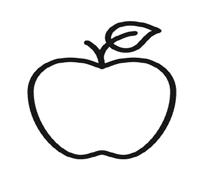

apple - cheese - cherry
cake pie pie
Il cliente dice:

‘Okay, can we have one piece of apple pie and one cheesecake?’
• Cerchia i dolci scelti dal cliente.
• Per rispondere ai quesiti 6 e 7, devi cogliere le informazioni dal dialogo:
Pizzeria employee: Okay. Sorry, what’s your name?
Customer: Sarah, Sarah Brown.
Pizzeria employee: And your address?
Customer: 24 High Street.
Completa correttamente:
Name: Surname: Address:
• Ora puoi completare la prova.
Sfilata di moda











Ascolterai un presentatore ad una sfilata di moda. Mentre ascolti, abbina il nome di una persona ai vestiti che porta alla sfilata. C’è un’immagine di cui non avrai bisogno.







La prima (0) è un esempio. Ascolterai la registrazione due volte. Alla fine della seconda registrazione avrai 20 secondi per completare le tue risposte. Adesso, hai 20 secondi per guardare le domande.




